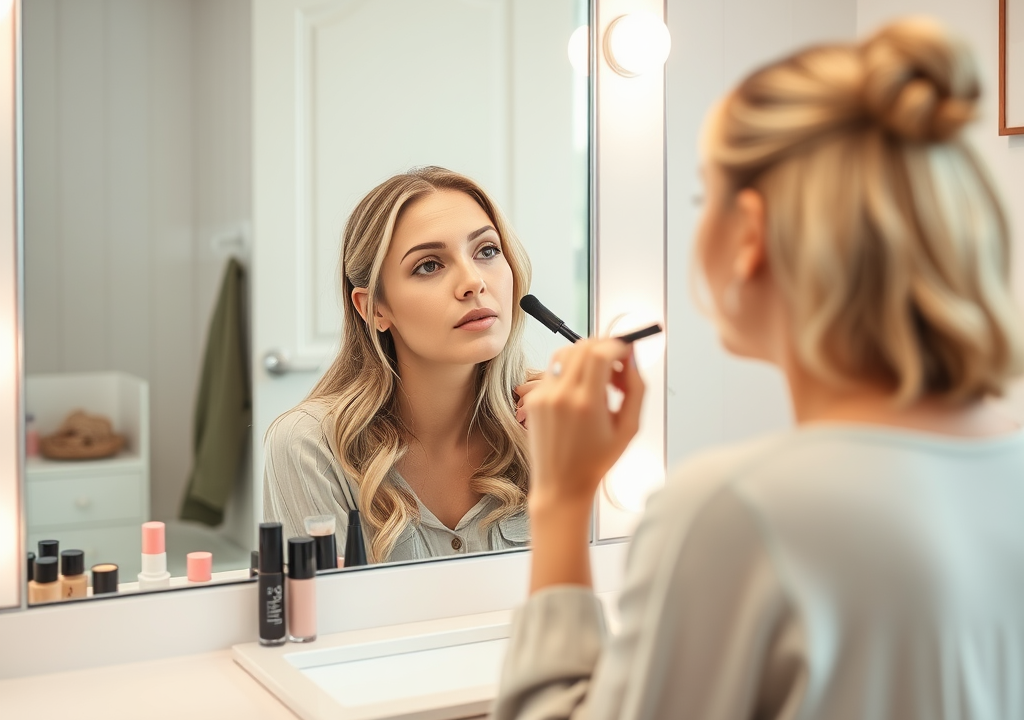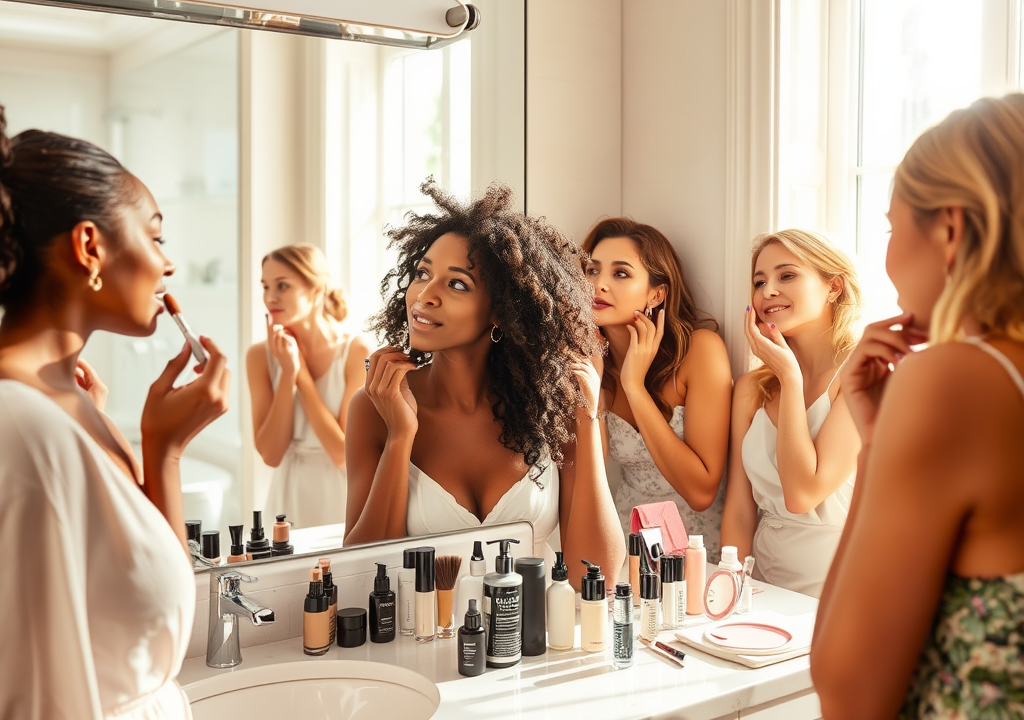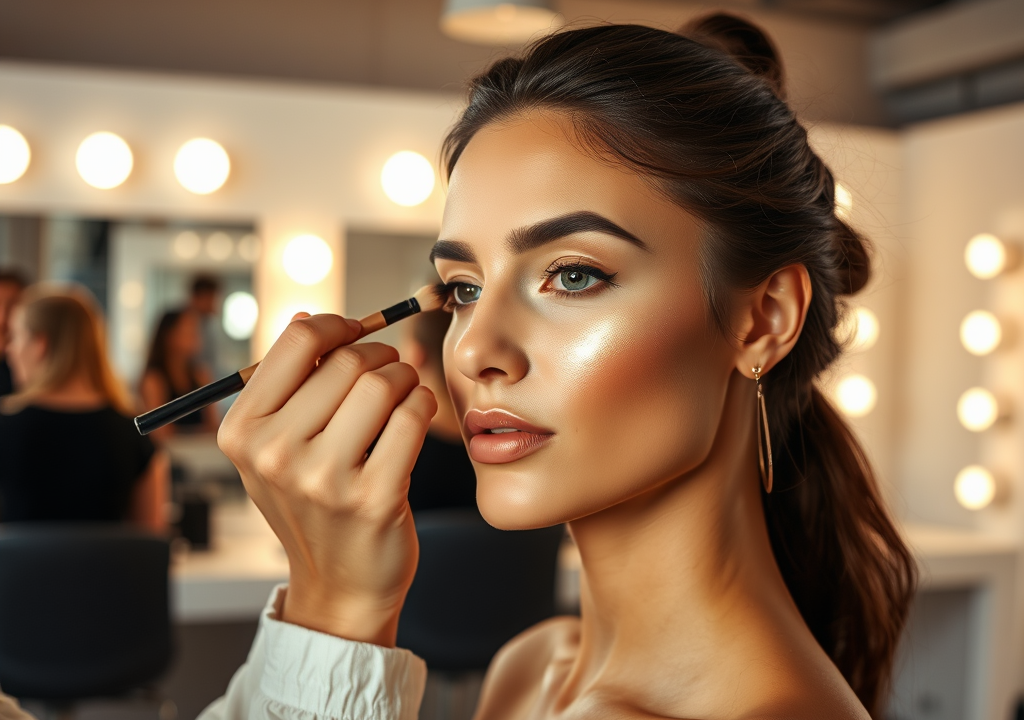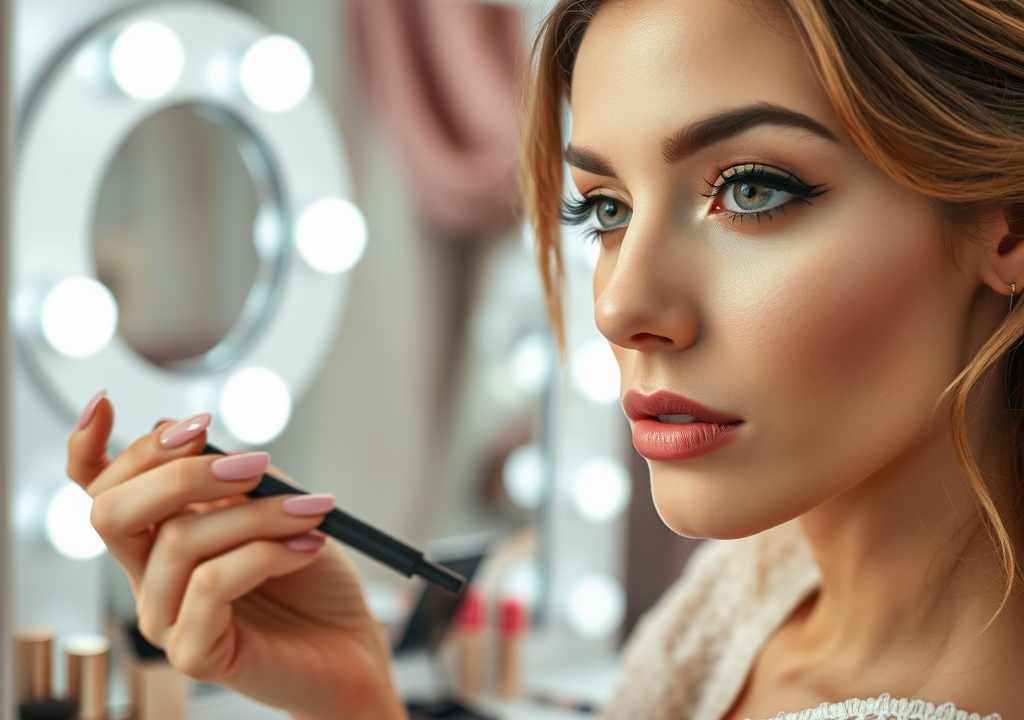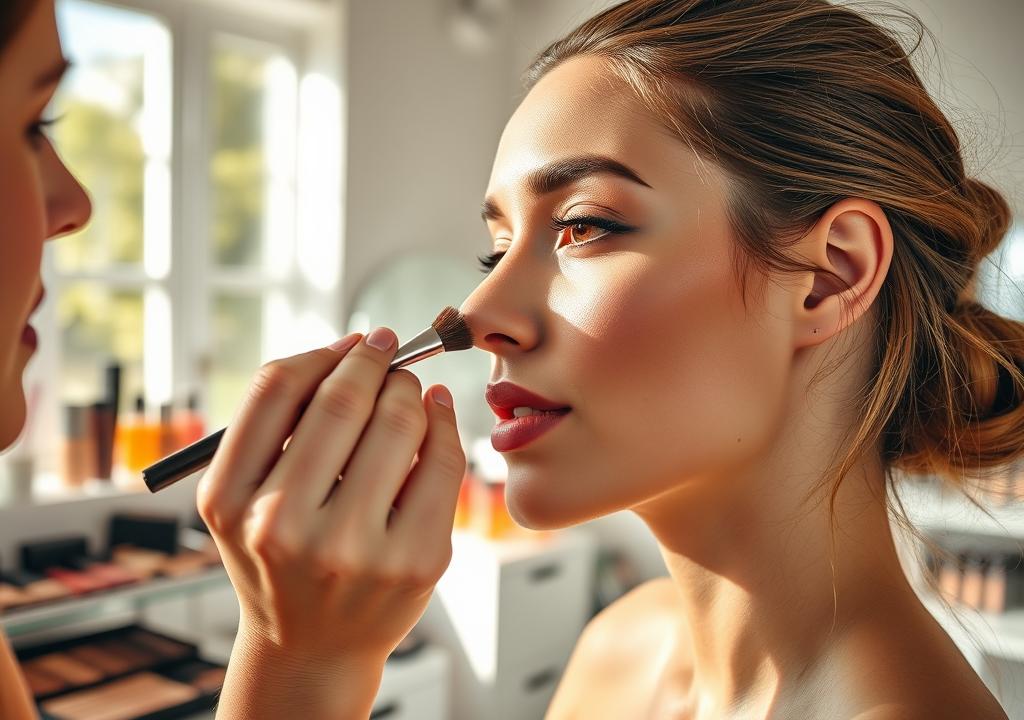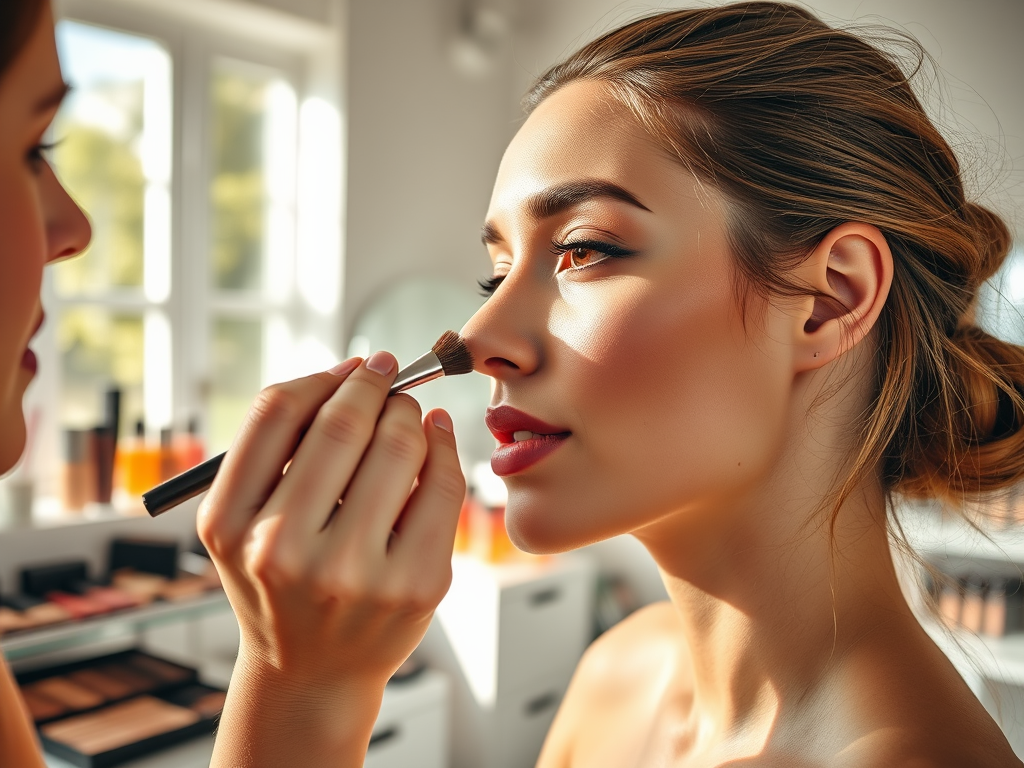Makeup has a magical way of transforming our features and boosting our confidence, but with that magic comes the potential for confusion, especially when it comes to products that seem to serve similar purposes. Among the most debated topics are bronzers and contours. While they both help enhance our natural beauty by adding dimension and warmth, they are distinctly different products with unique purposes and applications. Understanding these differences can profoundly improve how you apply makeup and achieve the look you desire.
Often, novice makeup users may reach for both bronzer and contour without knowing the specific roles they play. Simply put, bronzer aims to provide a sun-kissed glow, evoking images of lazy summer days under the sun. On the other hand, contouring seeks to sculpt and define the face, creating shadows where you want them. Grasping these concepts can elevate your makeup game immensely, and it’s essential to know how and when to use each product effectively throughout your routine.
What is Bronzer?
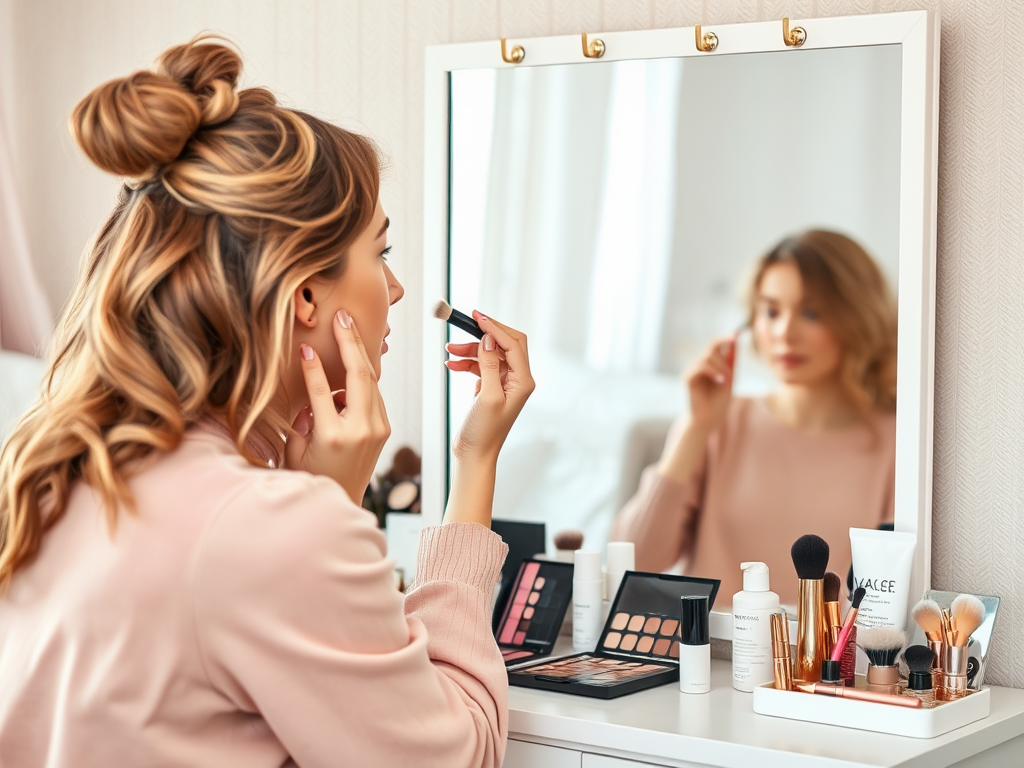
Bronzer is typically a warm, sun-kissed product designed to mimic a natural tan. Its primary function is to add warmth and color to the face while enhancing a healthy glow. Bronzer comes in various formulas, including powder, cream, and liquid, making it versatile for different skin types and preferences. Here’s a brief overview of the types of bronzers available:
- Powder Bronzer: Ideal for oily skin, easy to apply and blend.
- Cream Bronzer: Great for dry skin, as it provides hydration while adding color.
- Liquid Bronzer: Often used for a more radiant, dewy finish and can be mixed with foundation.
When selecting a bronzer, consider your skin tone. Generally, those with warm undertones look great in golden or copper shades. Cool undertones may prefer taupe or soft pink hues. To apply bronzer, focus on areas of your face that the sun would naturally touch, such as the tops of your cheekbones, forehead, and chin. This technique helps create a vibrant, healthy appearance that resembles a natural tan.
What is Contour?
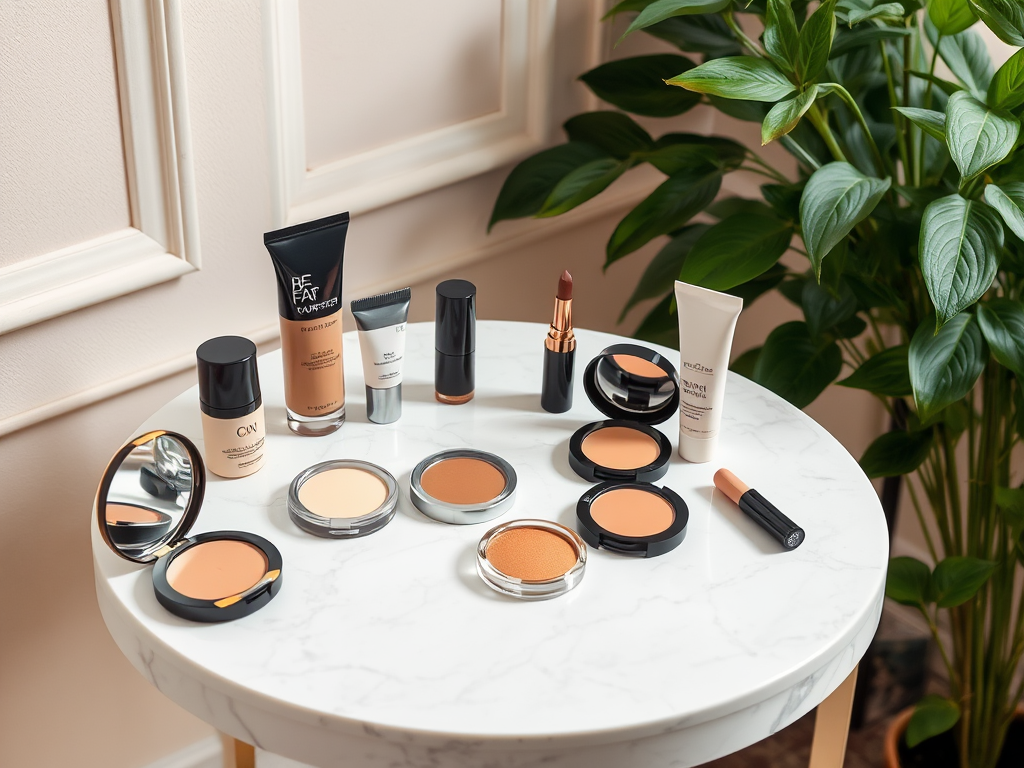
In contrast to bronzer, contouring is an art that defines and sculpts the face. The purpose of contouring is to create the illusion of depth and dimension, accentuating natural facial features like cheekbones and jawlines. Contour products come in various types, similar to bronzers, and include powder, cream, and sticks. Below is a comparison table that outlines each type’s advantages:
| Type | Advantages |
|---|---|
| Powder | Easy to blend, great for oily skin. |
| Cream | Hydrating, ideal for dry skin, offers buildable coverage. |
| Stick | Portable, quick application, and excellent for travel. |
The ideal shade for a contour product is one that is 1-2 shades darker than your natural skin tone, typically with a cool undertone. To contour effectively, apply products to the hollows of your cheeks, along the jawline, and on either side of your nose. This application creates the desired shadow effect, making features appear more pronounced.
Key Differences Between Bronzer and Contour
While bronzer and contour may be used in tandem, understanding their differences is crucial for achieving a polished look. Here are some primary distinctions:
- Formula and Finishes: Bronzers often have a warm, shimmery finish, while contour products are matte, emphasizing shadows.
- Application Techniques: Bronzer is typically applied on sunlit areas, while contour is used in the hollows to create depth.
- Color Variations: Bronzers generally have warm undertones; contours lean towards cooler shades.
Each type evokes different visual effects—bronzer adds radiance whereas contour creates shadows, allowing for dimension. Understanding when to use which can drastically change your makeup application and overall look.
When to Use Bronzer vs. Contour
Knowing when to opt for bronzer over contour helps in achieving the desired appearance. Bronzers are perfect for casual outings or creating a radiant, fresh look. They work well on no-makeup days or summer soirées. In contrast, contouring shines during special events where a more defined makeup look is necessary. For instance, when one seeks a sculpted appearance for photos or formal gatherings, contour becomes essential.
Combining both bronzer and contour can lead to beautifully balanced makeup. Using bronzer to warm the face before applying contour can enhance overall dimension. The layering technique ensures that you get the best of both worlds.
Popular Myth: Are They Interchangeable?
A common belief suggests that bronzer and contour can be used interchangeably, but this misconception can result in uneven makeup. Using the wrong product in the wrong area can create an unnatural appearance. To avoid this, consider the following tips:
- Match your products: Ensure your contour products are cool-toned, while your bronzers are warm.
- Use correctly: Focus on applying bronzer to areas where the sun hits and contour to the hollows.
- Blending is key: Always blend well for a seamless transition between bronzer and contour.
Conclusion
In conclusion, while bronzer and contour are often mistaken for interchangeable products, they serve different purposes and are integral to mastering makeup application. Bronzers add a beautiful warmth to your complexion, whereas contour shapes and defines the face, creating stunning visuals. Understanding these differences not only enhances your makeup routine but also allows for creativity in your looks. By employing both products thoughtfully, you can achieve a balanced, polished appearance that highlights your best features.
Frequently Asked Questions
- What is the main purpose of bronzer in makeup?
Bronzer adds warmth and a sun-kissed glow to the skin, enhancing the complexion. - Can I use bronzer as contour?
While some might do so, bronzers are typically too warm for contouring, which requires cooler shades to mimic natural shadows. - What type of bronzer is best for beginners?
A powder bronzer is often easiest for beginners to work with and blend. - How do I choose the right shade of contour?
Select a contour color that is 1-2 shades darker than your natural skin tone, ideally with cool undertones. - Are there makeup looks that require both bronzer and contour?
Yes, many glam or full glam looks benefit from both products to enhance features and add dimension.
